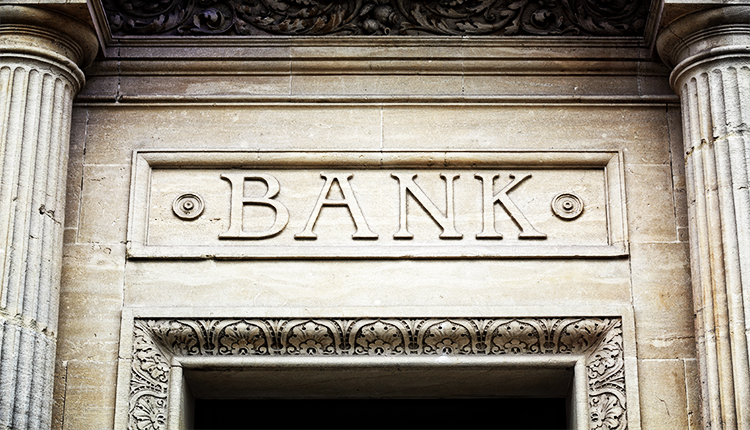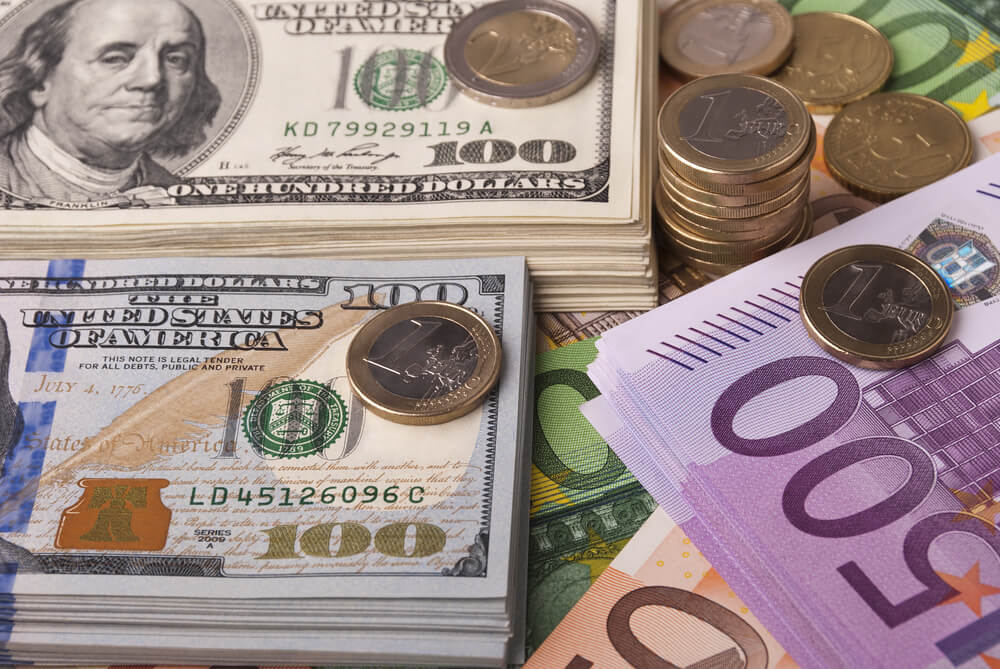Key Points
- Indian Rupee weakens on Friday due to a stronger US dollar and higher US Treasury bond yields.
- HSBC Flash India PMI for March shows the fastest expansion in eight months, hinting at sustained economic growth.
- Fed Chair Jerome Powell’s upcoming speech and US Q4 GDP forecast are pivotal for future INR movements.
- The technical analysis reveals bearish trends but the potential for a positive long-term outlook.
The Indian Rupee exhibited weakness, primarily influenced by the strengthening of the US dollar and an uptick in US Treasury bond yields. This event highlights the complex forces impacting currency markets, especially those influencing the Indian Rupee amid global economic changes. Consequently, the HSBC Flash India PMI for March indicates the quickest eight-month expansion, fostering optimism about India’s economic growth continuity. This development not only underscores the resilience of the Indian economy but also presents a nuanced perspective on the INR’s potential stability against further weakening. Investors await Fed Chair Jerome Powell’s speech and monitor the US/GDP forecast, adding complexity to the INR narrative amidst anticipation.
PMI Surges to 8-Month Peak, Signaling Growth
The weakening of the INR on the said Friday mirrors broader global economic currents, with the strengthening USD and heightened US Treasury yields playing a critical role. This situation prompts a closer evaluation of India’s economic indicators, notably the HSBC Flash India PMI for March. The PMI’s indication of robust economic activity, marking the fastest expansion pace in eight months, provides a silver lining. Furthermore, this performance could buttress the Indian Rupee, offering a buffer against potential downtrends spurred by global financial shifts.
Powell’s Speech, Q4 GDP at 3.2%: INR’s Next Moves
The anticipation surrounding Fed Chair Jerome Powell’s speech and the expected steadiness of the US GDP at 3.2% for the fourth quarter sets the stage for significant market reactions. These events can potentially influence the USD’s strength and the broader financial landscape, affecting currencies like the Indian Rupee. Therefore, as market participants evaluate these developments, the impact on investment flows and currency valuations becomes a focal point of discussion.
Technical Analysis: Bearish Indian Rupee, Positive Long-Term
Technical analysis offers a lens through which to view the Indian Rupee’s trajectory, highlighting a bearish trend condition that could resume if there’s a daily close above the longer-term range. The USD/INR’s recent movement, breaking above a descending trend channel, signifies a critical juncture. Despite the bearish trends, the long-term outlook remains positive if the daily close stays above 83.15, with short-term dynamics suggesting bullish trends. However, an overbought RSI indicates the possibility of consolidation, requiring investors to monitor key technical levels closely.















